If you’ve ever tasted authentic Japanese miso soup or a perfectly balanced bowl of ramen, chances are you’ve experienced dashi — the fundamental broth that gives Japanese cuisine its signature umami depth.
Dashi (出汁) is more than just soup stock. It’s the quiet powerhouse behind countless Japanese dishes, creating layers of flavor without overpowering other ingredients. Unlike Western broths that simmer for hours, dashi can be made in minutes — and yet delivers extraordinary taste.
Here we will introduce the different types of dashi, how they are made, the differences between stocks, and how to use them.
Whether you’re a home cook or planning a trip to Japan, understanding dashi is your gateway to real washoku (Japanese cuisine).
What Is Dashi Made Of?
Traditional dashi is incredibly simple, yet deeply flavorful. The ingredients are all natural, rich in umami.
Here are the most common types:
1. Kombu (昆布) – Dashi Kombu
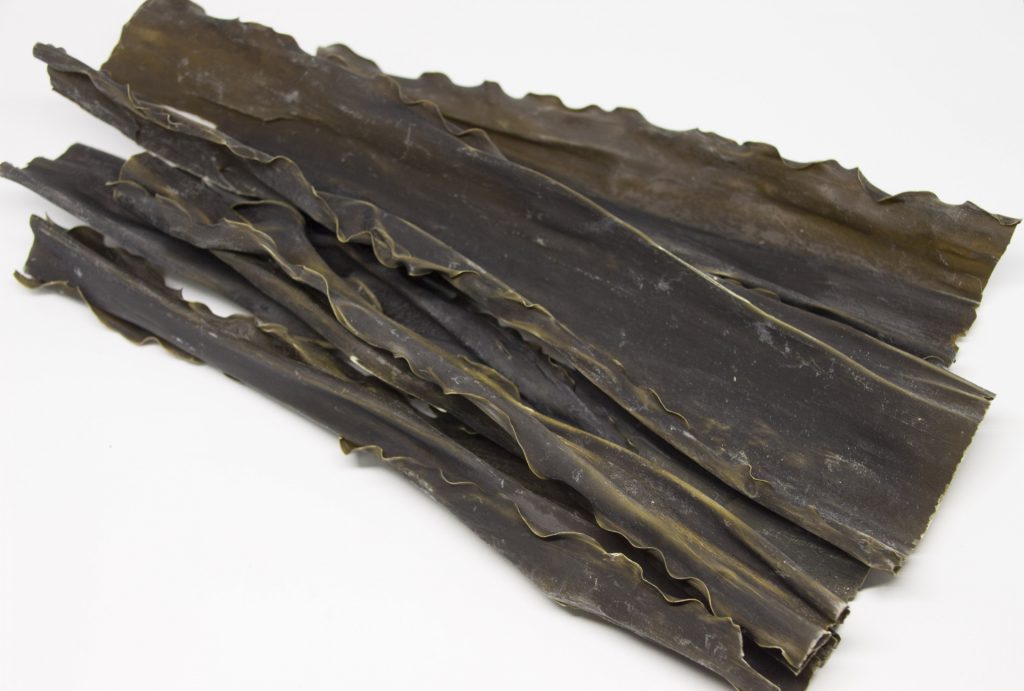
A type of dried kelp, kombu is rich in glutamic acid, a natural umami booster. It provides a savory base and essential minerals.
2. Katsuobushi (鰹節) – Dried Bonito Flakes
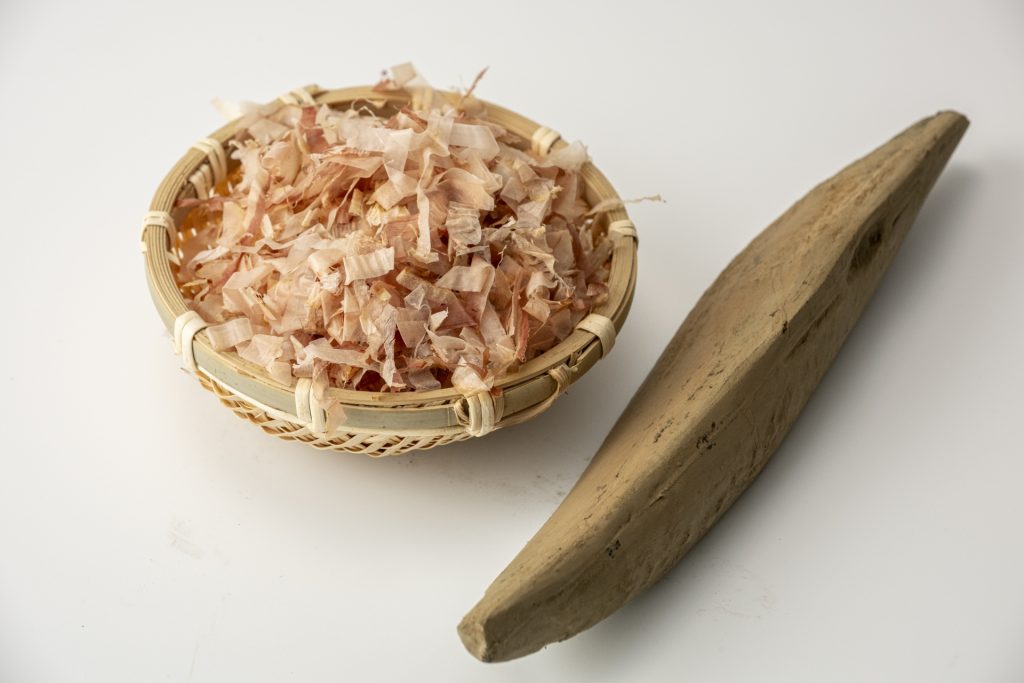
Smoked, fermented, and shaved tuna flakes. Combined with kombu, it creates ichiban dashi, the most classic version of Japanese dashi.
3. Niboshi (煮干し) – Dried Sardines
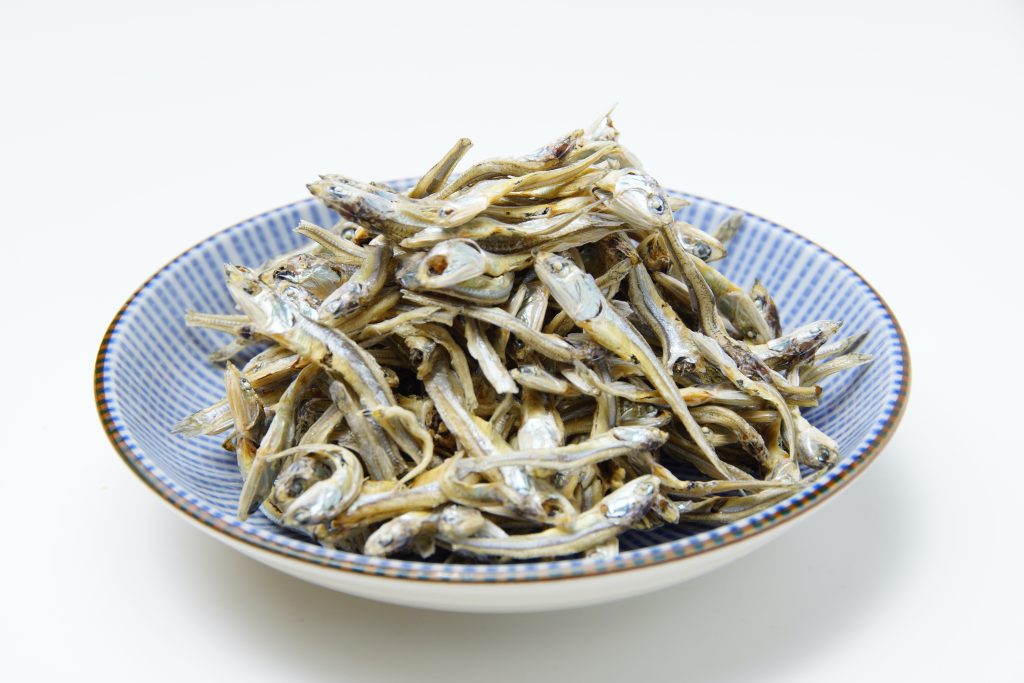
Niboshi dashi has a stronger, more fish-forward taste — perfect for miso soup and noodle broths.
4. Dried Shiitake Mushrooms
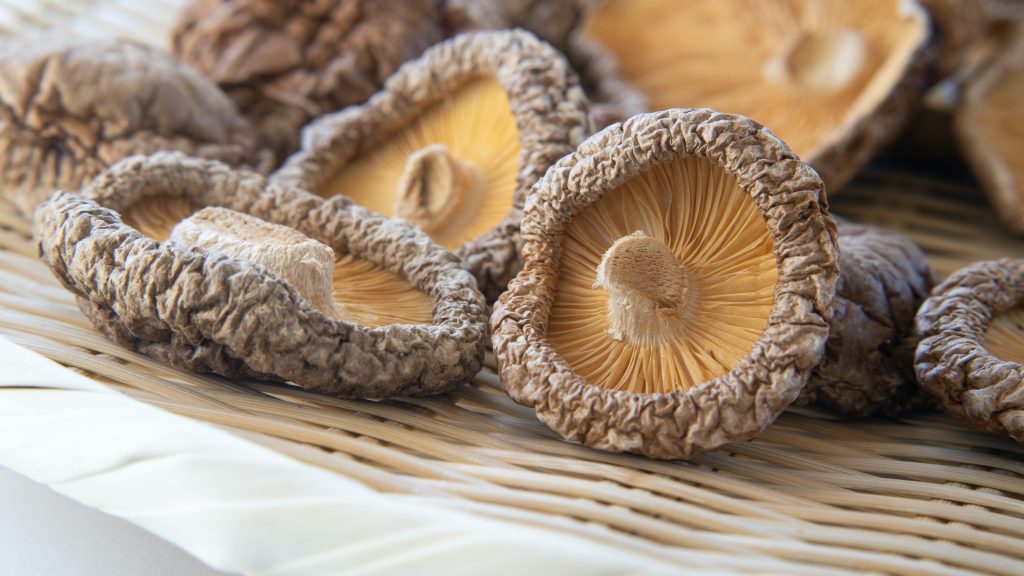
For vegetarians or vegans, shiitake offers rich umami with a slightly sweet earthiness. Often used with kombu for plant-based dashi.
Appendix . Ichiban vs Niban Dashi
- Ichiban dashi is the first, most flavorful extraction.
- Niban dashi is made from reused kombu and bonito, milder and suitable for simmered dishes.
Dashi Powder, Stock, Broth, and Granules—What’s the Difference?
If you’ve seen “dashi powder” or “dashi granules” in your local Asian grocery store in all around the world, you’re not alone. But how do these compare to traditional dashi?
Real Dashi (Homemade Stock)
- Made from whole ingredients like kombu and katsuobushi
- No preservatives, full umami, and delicate flavor
- Takes about 5 minutes to make (Once the kelp stock is ready)
Dashi Powder & Granules
- Instant format (like soup base)
- Often includes MSG, salt, or flavor enhancers
- Best for quick cooking or time-saving dishes
What are dashi granules?
Dashi granules are dried and concentrated dashi stock, typically dissolved in hot water.
How much dashi powder per cup of water?
Generally, 1 tsp of dashi powder for every 1 cup of water — but check the brand’s instructions.
Shiro Dashi (White Dashi)
- A pre-seasoned liquid dashi with light color
- Often used in omelets (like tamagoyaki), boiled food etc.
Where to buy dashi stock?

Look for authentic Japanese brands in Japanese grocery stores or online retailers like Amazon.
How to Use Dashi in Your Cooking
Ready to try dashi in your own kitchen? Here are easy, delicious ideas:
Miso Soup with Tofu
Make a simple kombu + katsuobushi dashi. Add miso paste, soft tofu, and wakame seaweed. That’s it!
Noodle Broths
Use niboshi dashi or add soy sauce and mirin for soba or udon soup.
Dashi Tofu
Deep-fried tofu cooked in broth of ichiban-dashi (kombu and katsuobushi).
Tamagoyaki (Japanese Omelet)
Add a spoonful of shiro dashi to your egg mixture for sweet-savory perfection.
Western Fusion Ideas
- Add a dash of dashi to risotto or pasta sauce
- Use it as a base for savory oatmeal or grain bowls
- Mix it into savory pancake batter or veggie soup
Health Benefits of Dashi
Dashi isn’t just tasty — it’s good for you, too.
- Low in calories, but rich in flavor, so it helps reduce salt usage
- Mineral-rich, especially iodine when using kombu
- No additives if made from scratch
Unlike meat-based broths, dashi is clean and light — ideal for daily meals.
Common Questions About Dashi
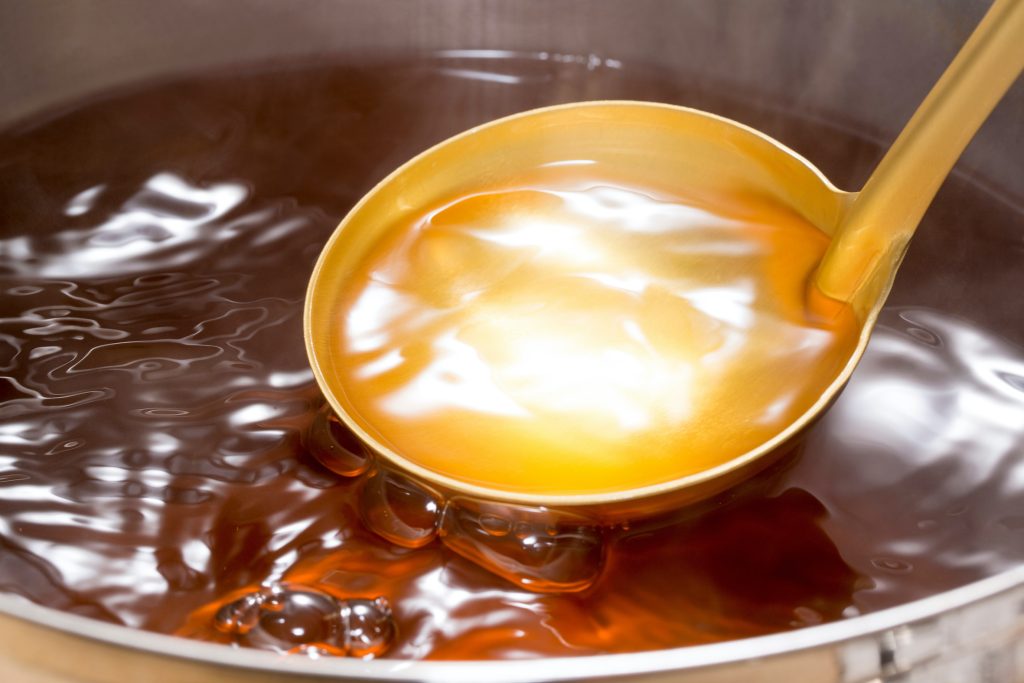
Alternative to dashi?
You can use vegetable broth with added seaweed or mushroom powder, but it won’t deliver the same umami profile.
Can I make dashi without bonito?
Yes! Use kombu + shiitake for a delicious vegan version.
How long does dashi last?
Fresh dashi lasts 2–3 days in the fridge or 1 month in the freezer. However, especially in the summer, it will spoil quickly if left at room temperature, so store it in the refrigerator or freezer as soon as possible. Even if it has been less than 2-3 days, check to make sure it hasn’t gone bad before using it.
Where to buy dashi in America?
Try Whole Foods Market, Trader Joe’s.
Taste Real Dashi in Japan
No matter how good your homemade version is, tasting dashi in Japan is an unforgettable experience.
- Enjoy kaiseki meals featuring seasonal dashi dishes
- Join a cooking class in Kyoto to learn authentic techniques
- Enroll in our Japanese Culinary Program to study washoku in Japan
▼” 耀 Hikari ” Cooking Abroad and Cooking classes Detail
Want to Learn More About Japanese Cuisine?
We’re here to help you dive deeper into the world of real washoku.
Subscribe to our free newsletter to receive:
- Traditional Japanese recipes using dashi, miso, soy sauce, and more
- Cooking tips from Japanese fermented food expert
- Travel insights and food culture stories
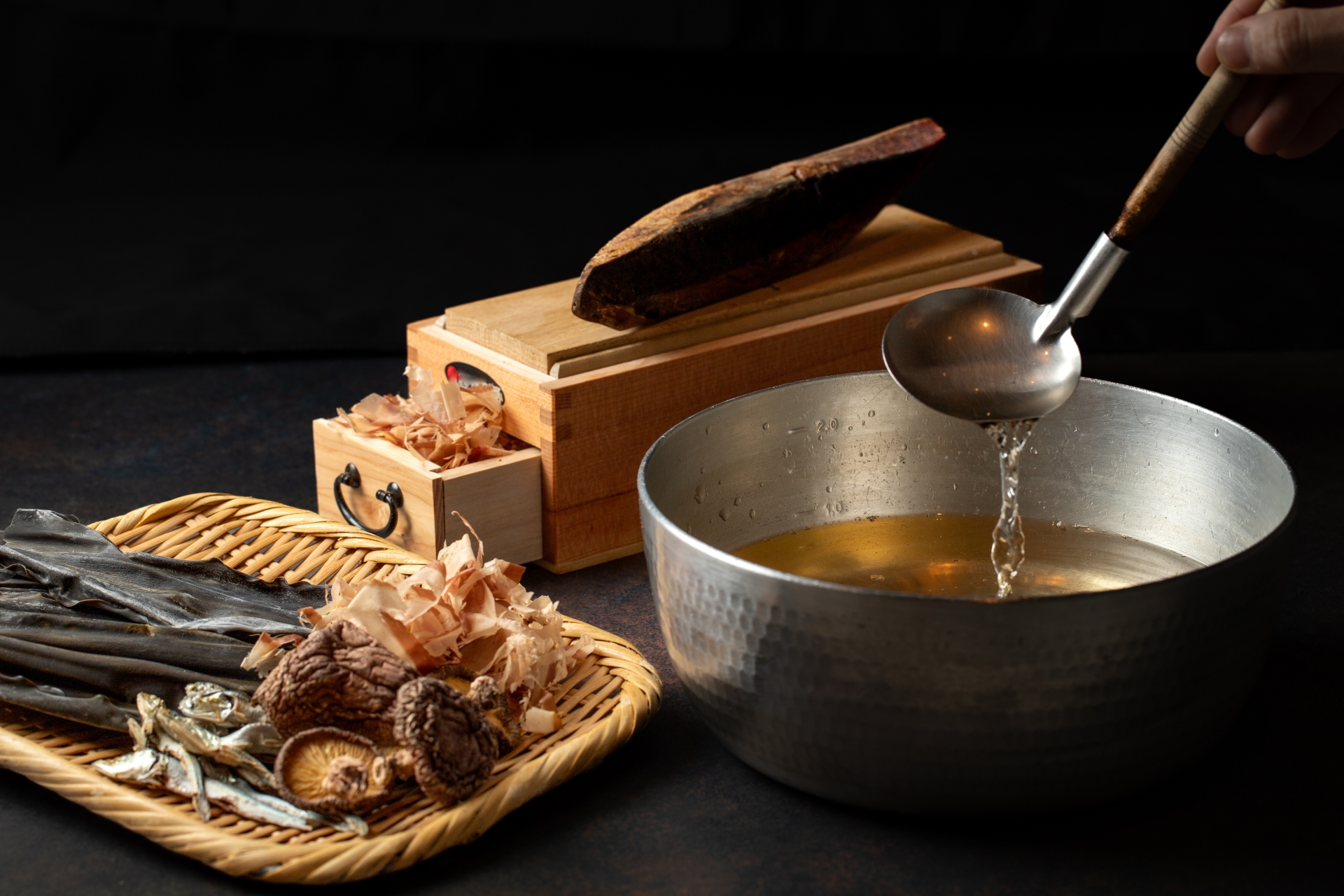
No responses yet